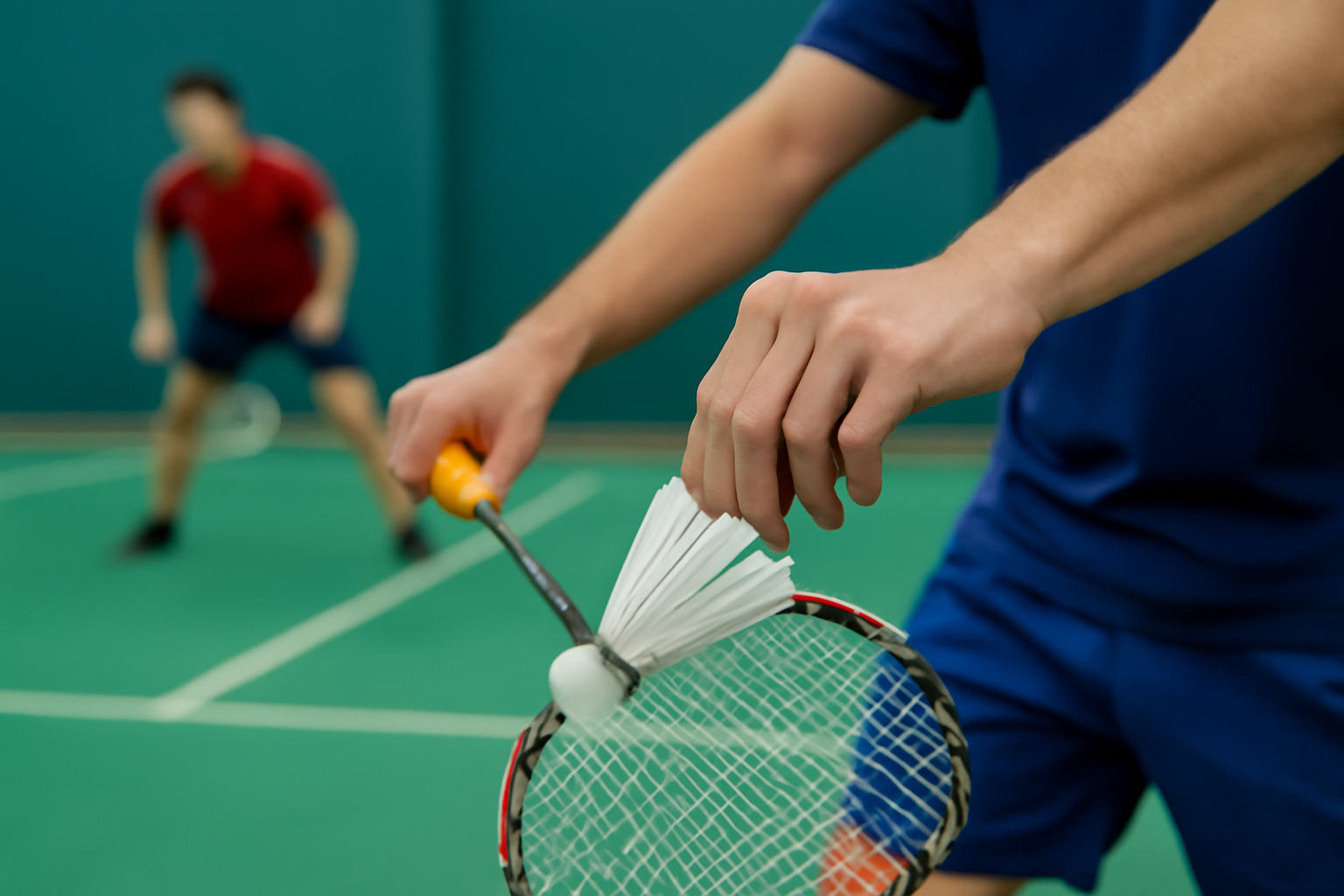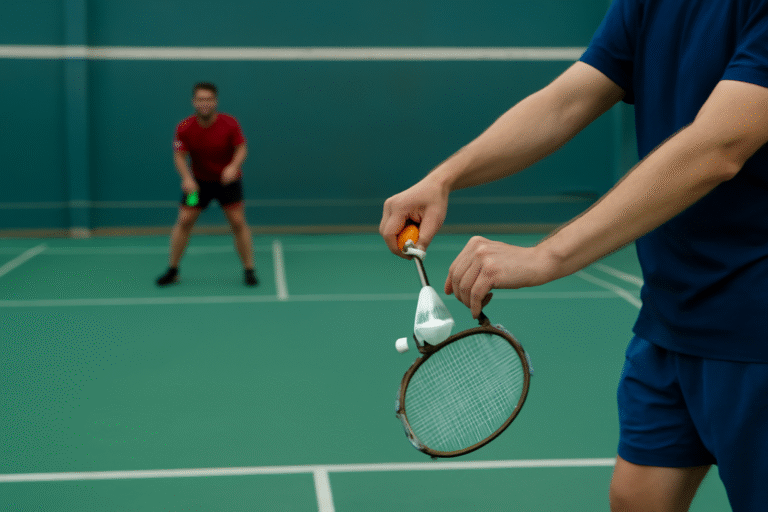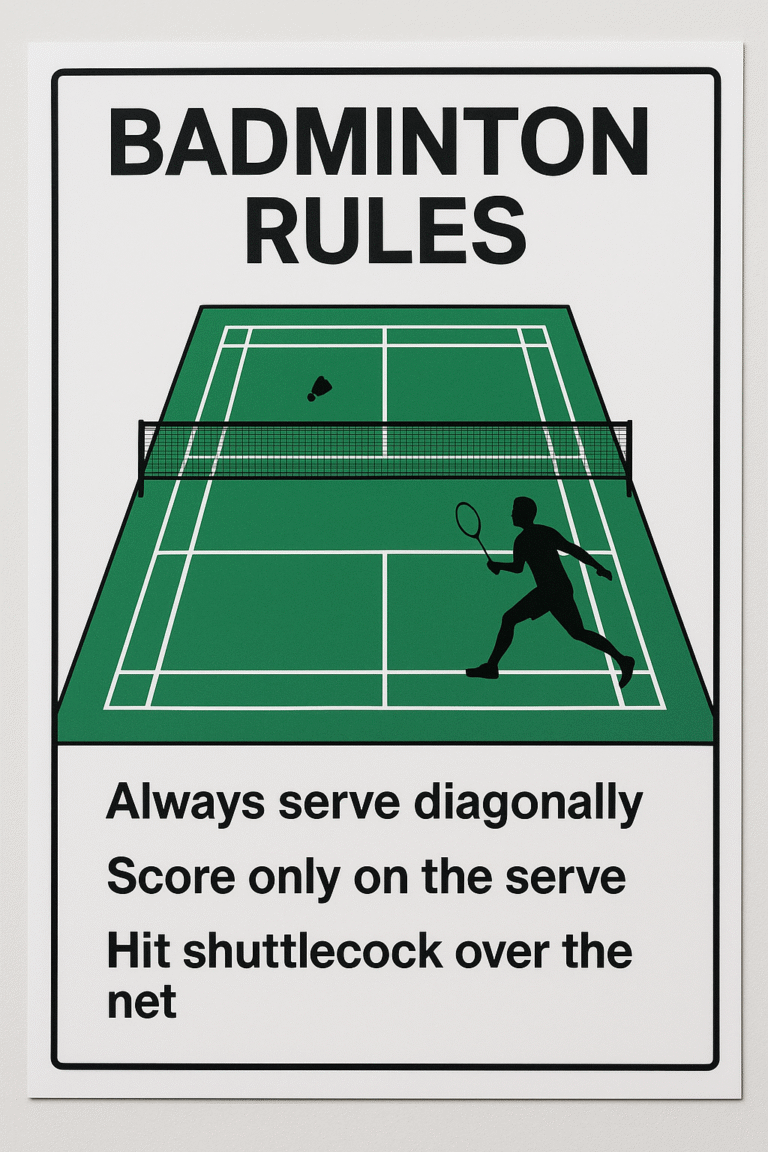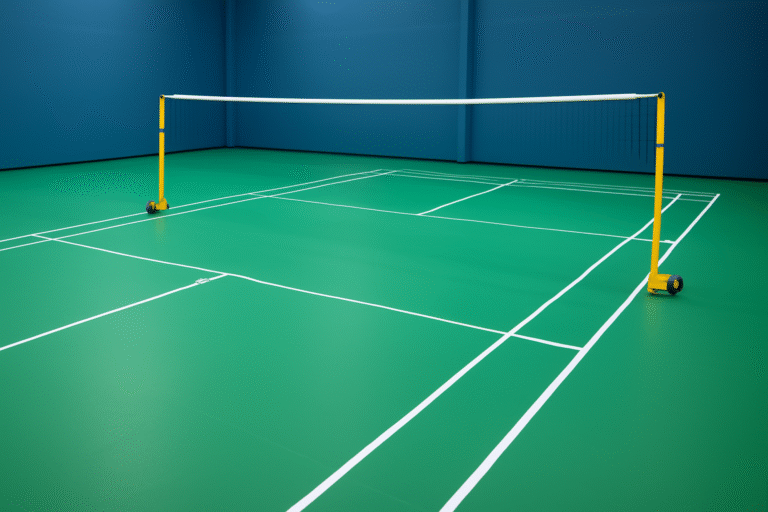Shuttlecocks: The Ultimate Guide | You Need to Know
When you think about badminton, the first thing that likely comes to mind is the shuttlecock. This small, feathered object may seem simple, but it plays an essential role in the game of badminton. In this guide, I’ll take you through everything you need to know about shuttlecocks, from the different types to how they affect your game.
What Is a Shuttlecock?
A shuttlecock is the main projectile used in the game of badminton. Unlike a ball in tennis or soccer, the shuttlecock has a unique design with feathers (or synthetic material) attached to a cork base. It’s the object you hit back and forth during a match. The design of the shuttlecock makes it behave differently from other sports balls, as it slows down quickly when hit, which requires precision and control in badminton.
The Anatomy of a Shuttlecock
A standard shuttlecock has several key parts:
Feathers or Synthetic Material: Traditionally, shuttlecocks have feathers that are attached to a cork base. These feathers create resistance in the air, making the shuttlecock slow down rapidly. Synthetic shuttlecocks use a similar design but are made from nylon or plastic.
Cork Base: This is the bottom part of the shuttlecock. It’s typically made from natural cork or synthetic materials, providing stability and durability.
Types of Shuttlecocks
There are primarily two types of shuttlecocks: feathered and synthetic. Let’s dive deeper into both types and their advantages.
Feathered Shuttlecocks
Feathered shuttlecocks are considered the standard for professional badminton. Made with natural feathers (usually goose or duck feathers), they are designed for competitive play. They tend to fly more consistently and offer better performance, but they are also more fragile and less durable compared to synthetic versions. Feathered shuttlecocks are the preferred choice for most tournaments due to their accuracy and speed.
Synthetic Shuttlecocks
Synthetic shuttlecocks, also known as nylon shuttlecocks, are more durable than feathered ones and are typically used for casual play. They are made from plastic or nylon and are more affordable, making them a great option for beginners or recreational players. While they are not as accurate as feathered shuttlecocks, they are a good choice for outdoor play, as they can withstand various weather conditions.
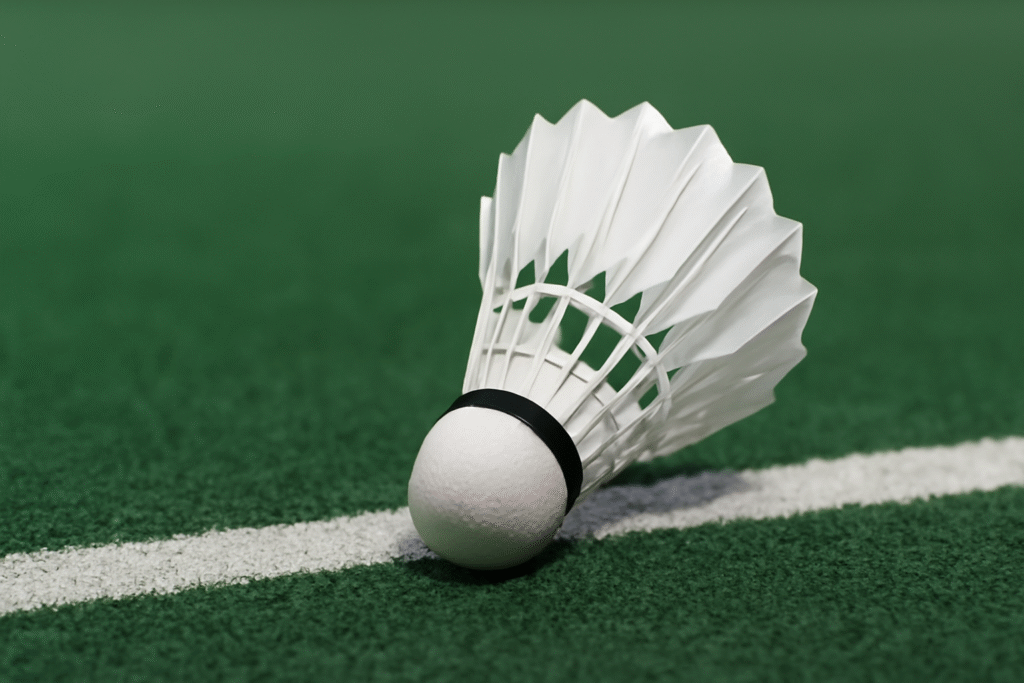
Wanna explore much more related to Football, Golf, Cricket, and all popular sports?
Visit us today at sportsinfoo.online
Choosing the Right Shuttlecock for Your Game
When choosing a shuttlecock, consider the following factors:
1. Skill Level
As a beginner, you may find synthetic shuttlecocks easier to handle. They are more forgiving and can last longer, making them great for practicing basic shots. As you improve, however, you might want to switch to feathered shuttlecocks for a more authentic experience.
2. Indoor vs. Outdoor Play
For indoor play, feathered shuttlecocks are often the best choice because they provide more control and accuracy. For outdoor play, you should opt for synthetic shuttlecocks, as they are more resilient in windy conditions and less likely to get damaged.
3. Budget
Feathered shuttlecocks tend to be more expensive, primarily because they are made from natural materials. If you are on a budget, synthetic shuttlecocks are a cost-effective alternative.
Shuttlecock Speed and Flight
One of the unique features of a shuttlecock is its flight. Unlike a ball, the shuttlecock’s flight is affected by the angle and speed at which it is hit. When playing badminton, the goal is to strike the shuttlecock so that it travels across the net in the most efficient way possible. The shuttlecock’s flight also depends on the following factors:
Speed:
The speed of the shuttlecock varies depending on its design. Feathered shuttlecocks generally fly faster than synthetic ones, providing a quicker game.
Weight:
Shuttlecock weight varies depending on the type. Feathered shuttlecocks are lighter, while synthetic ones tend to be heavier.
Wind Resistance:
The design of the shuttlecock means it is more susceptible to wind resistance, which is why synthetic shuttlecocks are often used in outdoor play.
Maintaining Your Shuttlecock
Proper maintenance of your shuttlecock is crucial to ensure its longevity. Here are a few tips to extend the life of your shuttlecock:
Storage:
Store your shuttlecock in a cool, dry place. Avoid leaving it exposed to moisture or direct sunlight.
Avoid Dropping It:
Feathered shuttlecocks, in particular, are delicate and can get damaged if dropped. Always handle them carefully.
Regular Inspections:
Check the feathers for damage and replace them if necessary. If you’re using a synthetic shuttlecock, inspect the skirt for cracks or tears.
Where to Buy Shuttlecocks
If you’re looking to buy high-quality shuttlecocks, look no further than reputable brands like Yonex, Victor, and Li-Ning. These brands offer both feathered and synthetic shuttlecocks designed for various skill levels and playing environments. Additionally, you can find them in specialized sports stores or online retailers.
Final Thoughts
Shuttlecocks are an integral part of badminton, and choosing the right one can make a big difference in your game. Whether you’re a beginner or a professional, it’s important to understand the differences between feathered and synthetic shuttlecocks and how they affect your play. By keeping these factors in mind, you can enhance your badminton experience and enjoy the game even more.
If you're interested in Hockey passion and power, explore now
